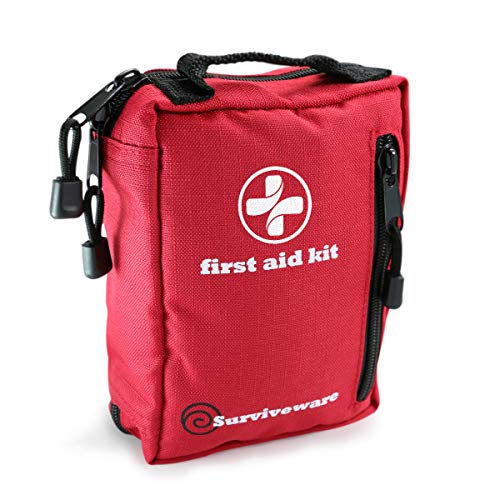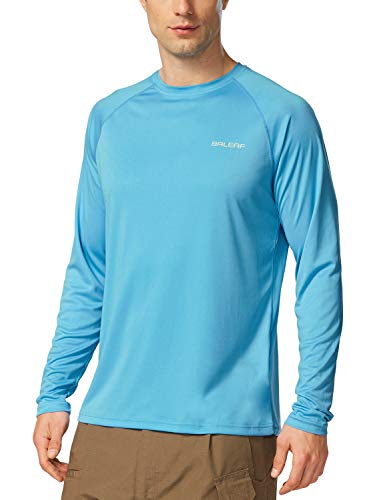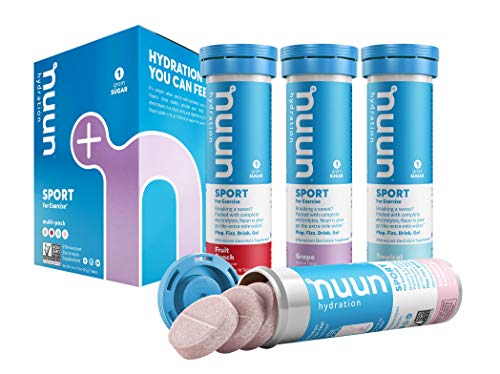14 Essential Pieces of Gear For Mountain Biking in the Desert
In the solitude of the desert are some of the most incredible mountain bike trails on Earth. We’re talking The Whole Enchilada in Moab, UT | Black Canyon Trail in Phoenix, AZ | Fresno-Saucedo Loop in Lajitas, TX. While biking in the desert isn’t necessarily more difficult than riding elsewhere, a long ride through rough, exposed terrain raises the stakes considerably. The name of the game for biking in the American West is preparation.
We’ve put together a list of 14 items you MUST bring on your next desert ride. This list is broken down into Stuff for Bikes and Stuff for Body.
Stuff for Bikes
1. Spare Tubes
You set out to ride in the desert, not walk it. If you’re not running a tubeless set up, you better have some back up tubes. Bring two on each ride. We recommend using the Slime self-sealing kind for longer rides. They are heavier for sure, but the peace of mind is invaluable when you are 10 miles from civilization and on your last tube. Save the light stuff for the weight weenies. Oh and please make sure to buy the right size!
2. Tire Pump or CO2
And you will need something with which to inflate those tubes. The Lezyne HV Hand Pump is small, easy to use, and can get up to 120 PSI. If you don’t feel like spending half your ride pumping, or are running a tubeless setup that needs a quick burst of air to reseat the bead, make sure you bring some CO2.
3. Tire Lever
Getting your tire off the rim can hell on Earth. Sometimes the lever slips. Often times it will break. Just when you have one seated, the other pops off. Skip the bloodied fingers and hyphenated obscenities and go with the single CrankBrothers tire lever. Unlike the others out there, one lever will do the job.
4. Chainring Bolt
Riding on hardened desert surfaces tends to loosen just about everything on your bike. One of the first things to go is the chain ring bolt. Depending on your bike, you probably have four or five of these. When they loosen, they weaken, and when they weaken, they can snap. You can probably finish your ride with one broken bolt, but it will make pedaling and shifting a nightmare. Once that first bolt breaks, the others are soon to follow. Better to bring back ups.
5. Multi-Tool
It’s like a Swiss Army Knife, but useful. Seriously, there’s not an attachment on this I haven’t used before. And again, the CrankBrothers Multi-Tool is the gold standard.
6. Headlight
Your tire is flat, or your chain broke, or, or, or… Sometimes you just have to push the bike and what can easily be pedaled in two hours might take you eight on foot - longer if you can’t see anything or anyone. Buy one of these and your future-self will want to kiss you.
7. GPS
Desert riding doesn’t always come with the perfectly carved and visible single track you might be used to in greener environment. What happens when you miss the small group of stacked rocks denoting the trail? How far back was that last cairn? Where are you now? With a GPS / Bike Computer, its just a matter of retracing your steps. Spend the money up front to avoid the bad time down the line. We recommend the Garmin Edge 520 Plus. You can download trails from Strava or Trailforks or blaze your own trail and find your way back.
8. Chain Lube
This is probably already in your riding gear, but make sure you get the right one for the desert. We recommend Finish Line DRY, which will keep your chain clean from excessive amounts of grit, grime, or dust and does especially well in dry, dusty conditions.
Stuff for Body
1. Hydration System
Don’t underestimate the desert’s ability to pull water from your body. On the one hand, you risk having a bad time if you have over-exerted yourself from carrying too much water. On the other hand, you risk having a really bad time if you run out of water. We’ve been on both sides of the scenario and recommend the CamelBak M.U.L.E. Hydration Pack. Despite holding 3-liters of water, it remains lightweight and portable enough for long rides. The storage compartments are a must for storing all the rest of the gear on this list.
10. First Aid Kit
You don’t need one until you do. The Surviveware First Aid Kit is small enough to through under your seat or, if you’re running a dropper post, in your backpack.
11. Moisture-Wicking, Sun-Protection Shirt
The name of the game is coverage. A good riding shirt in the desert should protect your skin from harmful UV radiation, wick the moisture that the arid clime will steal from your body, and be lightweight enough to not make you any hotter than is absolutely required for perspiration. This shirt checks the boxes and comes in 20+ colors.
12. Packable Rain Jacket
Maybe you’ve heard of desert storms before, the kind that will flood your trail before you see a drop of rain? If you need to bunker down for a while in the rain, best to do it dry. We like the Outdoor Research Helium II for our rides as its super light and packable and has a very minimalist design, which helps keep it affordable. Don’t worry, it comes in other colors.
13. Hydration Tablets
Everyone has their favorite hydration drink. Just make sure you bring something. Even mild levels of dehydration can reduce your brain’s computing power and the desert is no place for that sort of performance. Nuun hydration tablets store well in your backpack, can be added to as little or as much water as your craving, and have great, non-offensive flavors.
14. Gels
While you replace your electrolytes, don’t forget to replace your carbohydrates. General guidelines call for 30 to 60 grams of carbs (120 to 240 calories) per hour after the first hour of endurance riding. That number goes to 60 to 90 grams (240 to 360 calories) if you’re really getting after it. Don’t bonk. The desert is no place for bonking. Beta Fuel has a bunch of good science behind it to keep your levels balanced on those long rides.















